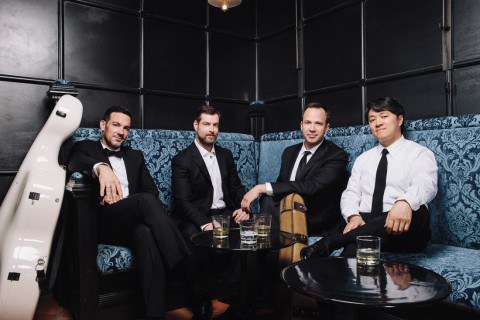

Press

Making a determined and largely successful effort to recapture the sweep and vision of Beethoven’s original inspiration, the Miró Quartet, based in Austin, Texas, sweep many of the most likely cobwebs off the ‘middle-period’ quartets with readings that pulse with dramatic energy. Working from the 2008 Bärenreiter edition, the Miró use exhilarating speeds, spare textures and virtuoso playing, leavened in the slow movements by a gentle lyricism, to make sure that the music’s impact comes through loud and clear. While this occasionally brusque approach has been more usual with many quartets in Op. 59 No. 3, it is often startling to hear how it increases the surface tension in No. 2. First and foremost, it smooths out the awkward transitional passages so that the momentum can continue unabated, as in the last movement’s delirious whirlwind.
If things are not so revolutionary in No. 1 – in fact, the theme russe of the last movement seems positively tame at times – it is compensated for by an Adagio molto e mesto slow movement which is, for once, effectively molto and which benefits impressively from the quartet’s ability to maintain line and structure. Viola player John Largess’s excellent booklet-notes signal the Miró Quartet’s intention ‘to present the ideal performance as Beethoven would have imagined it in his inner ear’, which is of course every quartet’s intention, although rarely realized with as much conviction and actual effect as it is here. Recorded at the University of Texas’s Jessen Recital Hall, the sound is as brilliant as the playing, with an excellent sense of space and wonderful low cello sounds.